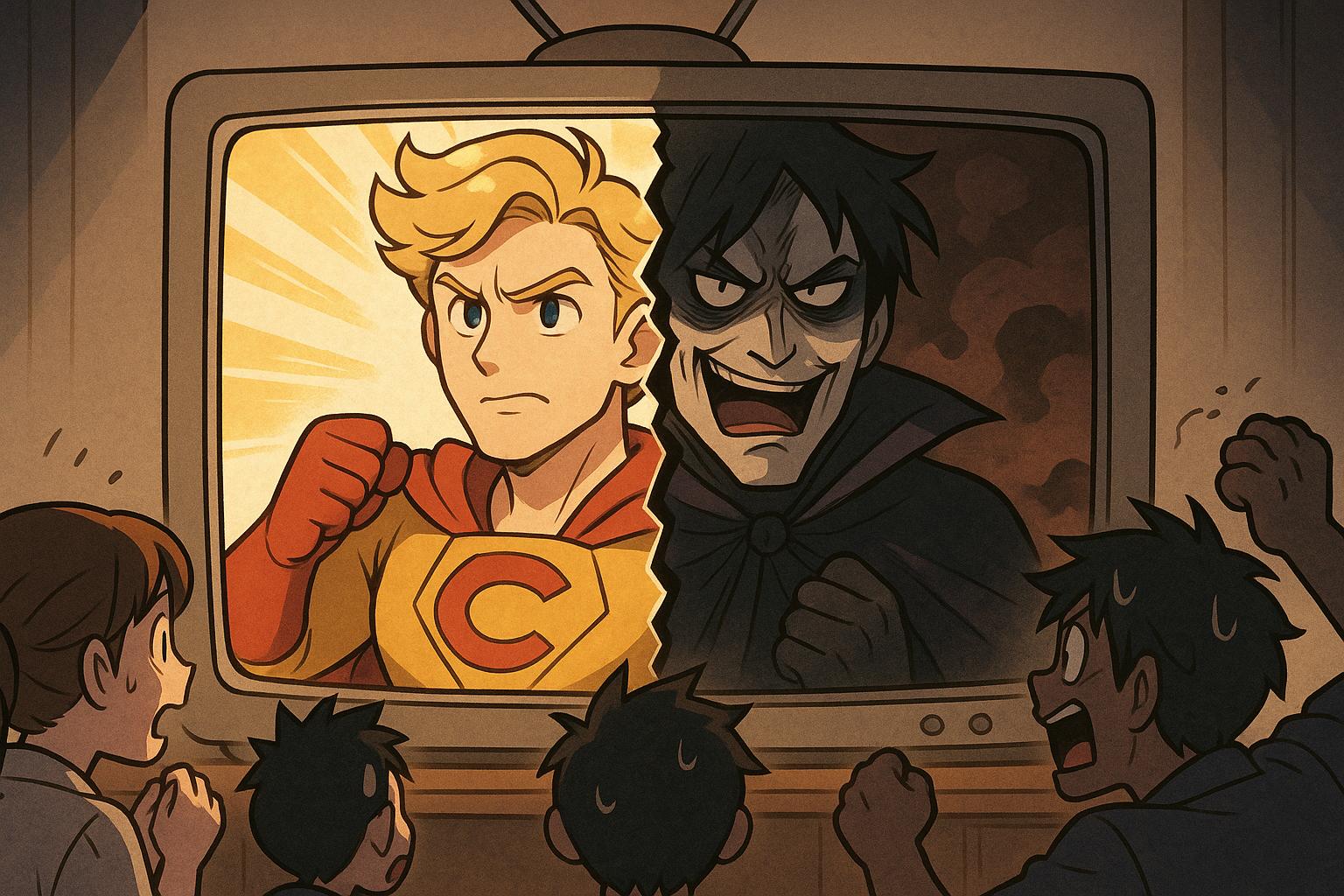Film and television are filled with a rich tapestry of characters that capture the hearts of audiences or, conversely, evoke vehement disdain. While many characters become beloved staples of their respective narratives, a select few manage to inspire such intense negativity that they become recognised as the most hated figures in popular culture.
These characters often provoke strong reactions for various reasons. Some, such as Joffrey Baratheon from Game of Thrones, are designed to be loathed; his portrayal as a spoiled, tyrannical figure epitomises effective villainy. Viewers grasp the creators’ intentions, with Joffrey’s brutality culminating in infamous scenes like the “Red Wedding,” solidifying his place as a character audiences love to abhor. Showrunner David Benioff remarked on Joffrey's role, noting that the character’s evil nature was meticulously crafted to provoke strong feelings among viewers.
Conversely, some characters are despised not for their malevolence but rather due to perceived narrative failures or unconvincing arcs. Take for example Jar Jar Binks from Star Wars: Episode I – The Phantom Menace, whose clumsiness and silliness were intended to inject humour but instead led to bitter backlash. Actors involved, like Ahmed Best, have described the devastating toll the negative reception took on their mental health, highlighting the sometimes cruel intersection of art and audience expectation.
Similarly, Skylar White from Breaking Bad illustrates how societal biases can skew perceptions of characters. Anna Gunn’s portrayal of Walt's wife has been scrutinised, often overshadowed by the protagonist's heinous crimes. It's a glaring example of how, for some, the narrative biases lead to disproportionate blame being placed on female characters, even when intent and development are sound. Critics have pointed out that Gunn's character, who exemplifies resilience and complexity, is often unfairly vilified, reflecting deeper societal attitudes towards women's roles in either heroism or villainy.
Characters like Dawn Summers from Buffy the Vampire Slayer and Piper Chapman from Orange is the New Black also find themselves on such lists, often cited for frustrating personalities or poorly fleshed-out roles that detract from the main storyline. Dawn's sudden introduction as a sister to Buffy led to a divisive reception, marking a significant tonal shift in the series that alienated some viewers. As for Piper, many lamented her character's self-importance, overshadowing the stories of more compelling ensemble members.
From the flashy antagonists like Ramsay Bolton, another figure indelibly linked to Game of Thrones, to the vexing presence of characters such as Scrappy-Doo, audiences have been vocal about their disdain. The latter was introduced in an attempt to rejuvenate the Scooby-Doo franchise, only to become more of a punchline highlighting the pitfalls of poorly conceived character introductions.
In examining these characters, it becomes evident that audience responses can stem from a multitude of factors including writing quality, character depth, and even societal biases. The line between loveable and loathsome remains truly subjective, revealing how deeply invested audiences become in these narratives. As such, these characters serve as a fascinating study of the complexities of storytelling in film and television.
Ultimately, while many may see these despised figures as failures of their respective franchises, they also highlight the audience's engagement, demonstrating how storytelling can ignite fervent emotion—love, hate, and everything in between.
Reference Map
- Paragraph 1: [1]
- Paragraph 2: [1], [2]
- Paragraph 3: [1], [4], [6]
- Paragraph 4: [3], [6]
- Paragraph 5: [1], [5]
- Paragraph 6: [1], [7]
- Paragraph 7: [1], [4]
Source: Noah Wire Services
